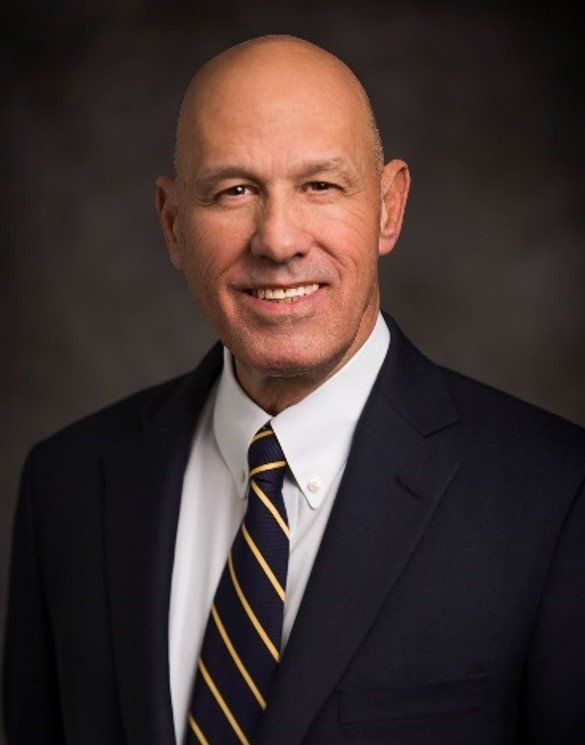Walmart Enters Primary Care Space
Walmart’s new Georgia-based primary care clinic could be a tipping point for healthcare.

Ken Kaufman

Walmart’s new Georgia-based primary care clinic-Walmart Health-a model it’s likely to spread to other markets-could be a tipping point for healthcare in America.
The big box retailer’s new primary care clinic and the launch of its digital healthcare site- WalmartHealth.com-are just the beginning, according to one industry expert.
“Walmart represents the latest move by a company with huge revenue and scale to disintermediate outpatient care from the traditional inpatient chassis,” says Ken Kaufman, chair of Chicago-based healthcare consultancy Kaufman Hall. “Aside from its physical and digital footprint, Walmart-which generated $515 billion in sales in 2018-has the financial strength to underprice legacy providers for as long as it takes to supplant its competitors for consumer loyalty.”
From its massive geographic and digital footprint to its customer experience, Walmart could serve as a tipping point for the changing business model of healthcare in America, according to Kaufman.
“Walmart is particularly well-positioned with its large presence in rural America, where access to nearby healthcare services is a persistent challenge,” he says.
Related: Walmart Launches Digital Healthcare Site
Prepare for the shift
Hospitals need to prepare for a shift in the healthcare business model from largely wholesale and inpatient focused to largely retail and outpatient focused, according to Kaufman.
“To draw in as many people as possible under this new model, hospitals and health systems will need to offer a wide range of high-volume health services, health-promotion activities, and health-related products with convenient access, a positive experience, and an affordable price,” he says. “Hospitals will also need to develop strategies to tap into the benefits of scale-from financial strength to new partners to intellectual capital-that Walmart and other large-scale entrants already possess.”
Walmart and other large, well-capitalized companies want to detach outpatient care from the inpatient chassis, leaving low-margin, high-cost parts of healthcare to hospitals, according to Kaufman.
“The shift from inpatient to outpatient care is also transforming healthcare from a wholesale business to a retail business,” he says. “As Walmart is demonstrating, that approach will pressure providers to compete on both price and the consumer experience, as patients come to expect the same seamless, personal relationship they’ve grown accustomed to with other industries.
“As a result, hospitals and health systems will need to look hard at their high-cost assets in light of the needs of the new business model, which will bring executives face to face with some very tough choices.”
Kaufman believes that Walmart’s financial scale and size means it could even pose a threat to large-scale competitors like CVS, which plans to open 1,500 HealthHUBs-redesigned CVS drugstores that include more health services and products-nationally by the end of 2021-as part its own effort to reinvent the healthcare business model.
Breaking Down Health Plans, HSAs, AI With Paul Fronstin of EBRI
November 19th 2024Featured in this latest episode of Tuning In to the C-Suite podcast is Paul Fronstin, director of health benefits research at EBRI, who shed light on the evolving landscape of health benefits with editors of Managed Healthcare Executive.
Listen
Navitus to Offer Unbranded Stelara Biosimilar, Remove Stelara from Formulary
March 13th 2025Lumicera Health Services, Navitus’ specialty pharmacy, has made a deal with Teva to offer an unbranded biosimilar that they estimate will save $112,000 and $336,000 per patient per year. Navitus will remove Stelara from formulary on July 1, 2025.
Read More
In this latest episode of Tuning In to the C-Suite podcast, Briana Contreras, an editor with MHE had the pleasure of meeting Loren McCaghy, director of consulting, health and consumer engagement and product insight at Accenture, to discuss the organization's latest report on U.S. consumers switching healthcare providers and insurance payers.
Listen